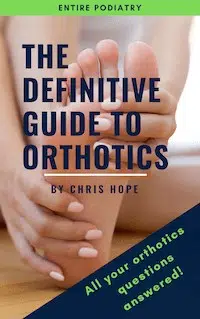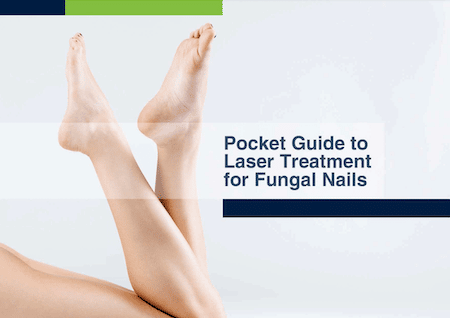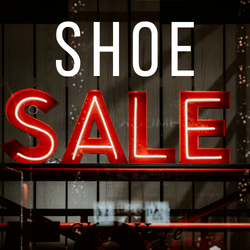Blisters occur when a small bubble of fluid forms in the upper layers of skin, in response to friction or injury. The reason the skin forms this bubble of fluid is to protect the skin beneath it from further damage.
How can I avoid blisters?
Blisters occur when the foot is subjected to excessive friction or pressure, such as with ill-fitting footwear or when there is grit inside your shoes. They also form more easily when the skin is moist, so keeping your feet clean and dry also helps to keep blisters at bay.
Here are our top tips for avoiding blisters are:
- Choose footwear that fits your feet well, or at least try to minimise the amount of time you spend in shoes that don’t!
- Orthotics or arch supports can help to minimise excessive movement of your feet within your shoes, reducing friction that can cause blisters.
- Wear moisture-wicking socks. This means avoiding cotton socks, that tend to hold moisture next to your skin.
- Consider shoe modifications. If you have shoes that cause blister hotspots every time you wear them, it may help to have your shoes stretched over that area to prevent rubbing.
 To pop or not to pop?
To pop or not to pop?
The blister has formed, now what to do? Generally, if the blister has not popped by itself, we would recommend that you leave it alone. The formation of the fluid is your body’s protective response,
and in most cases your body will simply resorb the fluid as the blister heals.
Exceptions to this general rule include blisters that form during long walking events, such as trailwalks, in which case popping and dressing the blisters may be the best option to enable competitors to finish the event. Blisters that are painful may also be best treated through draining the blister to reduce pressure. However, as popping a blister does create a risk of infection, it is important to take care with hygiene measures such as using sterile equipment and dressing materials.





